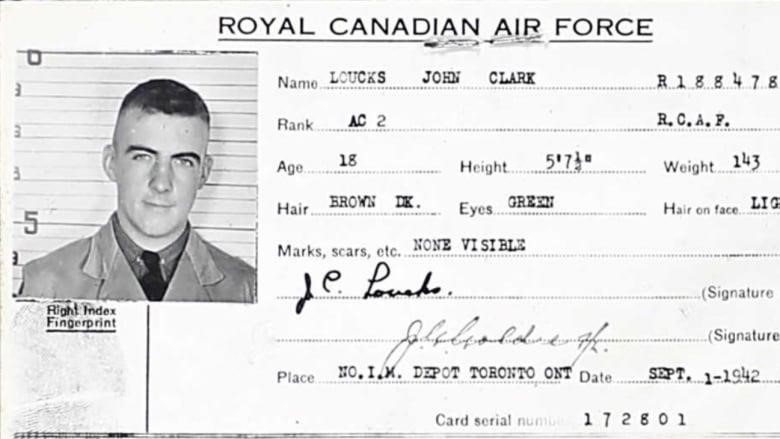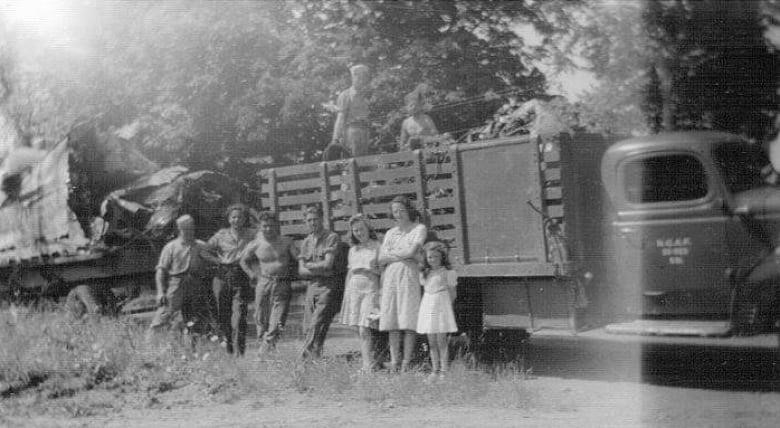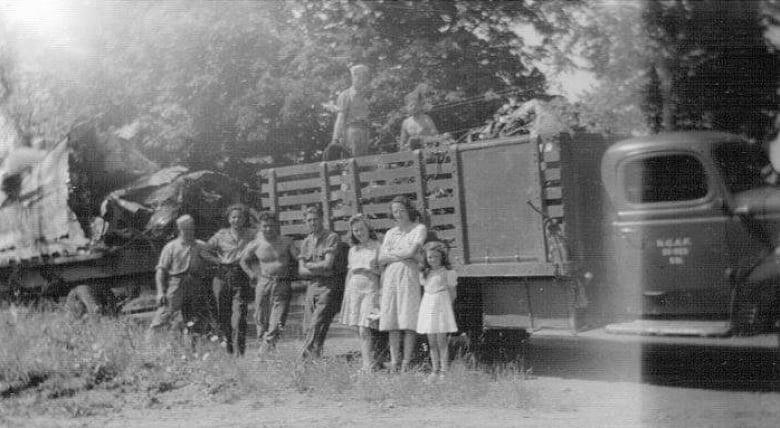
When their planes crashed in Nova Scotia on June 25, 1943, airmen from Australia, Canada, and New Zealand were killed
On this day 80 years ago, four Allied airmen died when their plane crashed in the West Hants area while on a training mission. On Sunday, a memorial will be unveiled in Summerville, N.S., to honor their lives.
As part of the British Commonwealth Air Training Plan, the airmen—two from New Zealand, one from Canada, and one from Australia—were based at Pennfield Ridge in New Brunswick. During the Second World War, airmen from Commonwealth countries were trained through this program.
Gary Nelson, vice president of the West Hants Historical Society, said, “We should honor what these young people did.”
“In 1943, three of the four came from the other side of the world and the fourth came from half a continent away to train to protect our freedom and way of life. Then, through no fault of their own, they were in this accident, and their story should be kept alive.”
The airmen who died were:
- Air gunner P/O John C. Loucks from Bracebridge, Ont.
- P/O George W. Cowie, a pilot from New Zealand’s Wellington.
- P/O Clifford A. Griffiths was a navigator in New Zealand’s Auckland.
- Sgt. Arthur Cornelius Mulcahy, a wireless air gunner in Sydney, Australia.
At 2 p.m. AT on Sunday, there will be a ceremony at the Musgrove Road Cemetery, which is close to where the crash happened.

Jack Loucks will be in Nova Scotia for the ceremony. He is from Ottawa. The Canadian who died in the crash was his dad’s first cousin.
Loucks said that his relative liked to play basketball, hockey, and build model airplanes. In 1942, when he was 18, he joined the army. For about a month, he was at Pennfield Ridge.
“His second time up [in a Ventura] was that fateful flight on the 25th,” Loucks said.
He has done research to find out more about his relative’s life, but not much is known even within the family. Loucks said that a family member helped him understand that.
“She told him, ‘Jack, back in the 1930s, during the Great Depression, everyone was just worried about putting food on the table. No one had money for luxury travel or to see family, right?”And the families were spread out all over Ontario,” Loucks said.
Why the plane crashe
One of five Ventura planes that took part in a training exercise was the AJ186.
After leaving Pennfield Ridge, the plan was to go to Smiths Cove, Nova Scotia, Falmouth, Nova Scotia, Sackville, New Brunswick, Sussex, New Brunswick, Saint John, New Brunswick, and then back to the base.
The AJ186 had engine trouble while it was flying over the Avon River in Falmouth.
“When it turned toward land, it quickly lost altitude,” Nelson said.
“It flew over a grove of pine trees, hit the top of one of the tallest pine trees, lost its top, did a somersault, and crashed on what was then called Musgrove Road.”
Due to a mistake, the road is now called Musgrave Road, but the cemetery is still called what it was called in the past, said Nelson.
On June 25, the last day of school, some Summerville kids saw the crash as they were walking home.

In her book about the crash, local historian Edith Mosher wrote, “Over where the crash had just happened, a cloud of red fire and black smoke was rising.”Family Book of Facts and Lies.
“When they saw and heard that terrible explosion reverberating through the trees, people ran out of their homes along the village’s main road, piled into cars, and ran on foot, all heading quickly toward the burning scene, just like I was.”
Cause still unknow
It’s not clear what caused the crash, but a report about it gave a possible reason.
“The engine may have shut down because it ran out of fuel because the fuel pump had been broken before,” it said.
The bodies of the airmen from Australia and New Zealand are buried in two cemeteries in Windsor, N.S., while Loucks is buried in his hometown.
Nelson said that work on the memorial started last summer because there was nothing in the area that brought attention to the crash.The memorial will have information about the airmen who died and will list their names.
MORE TOP STORIES
